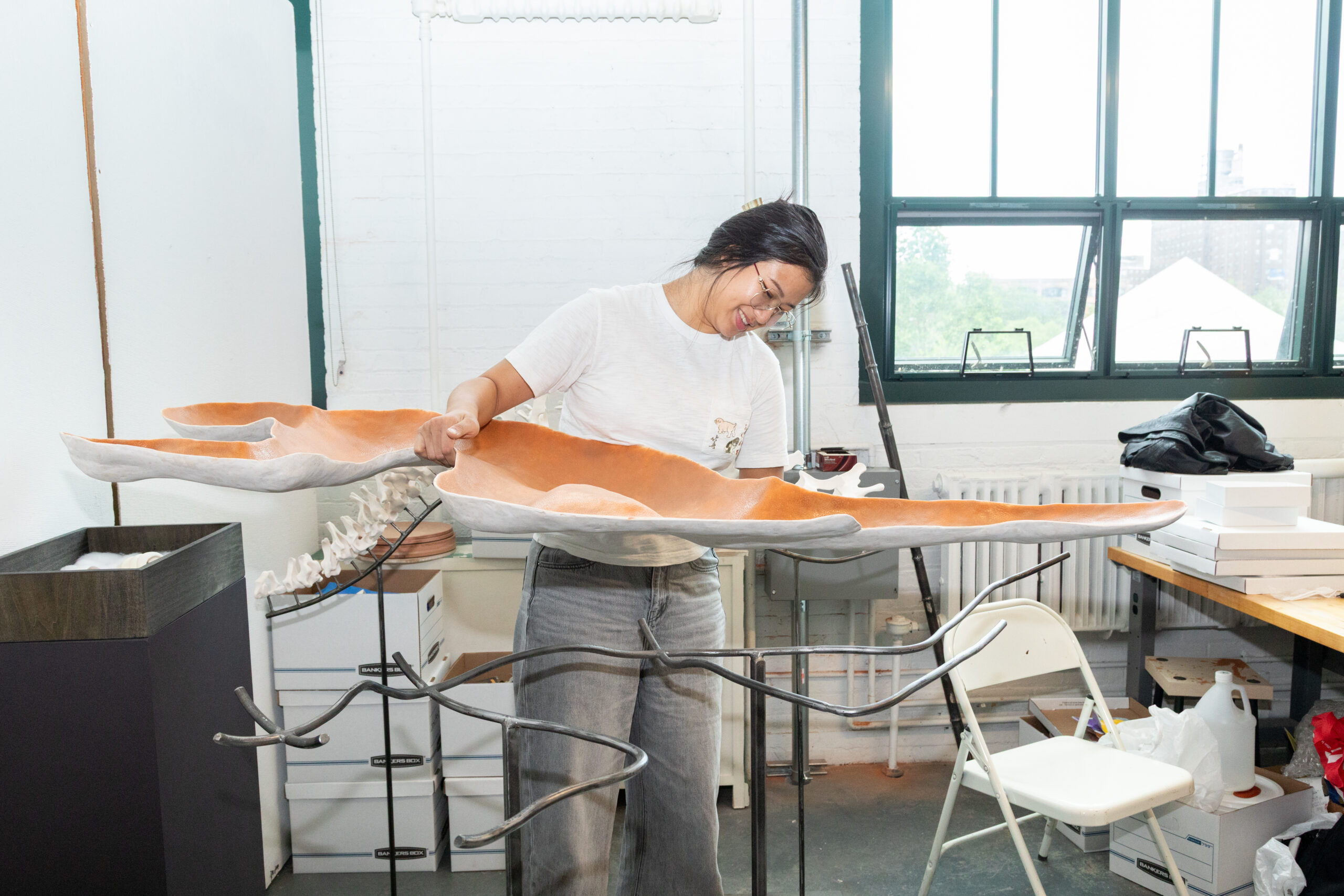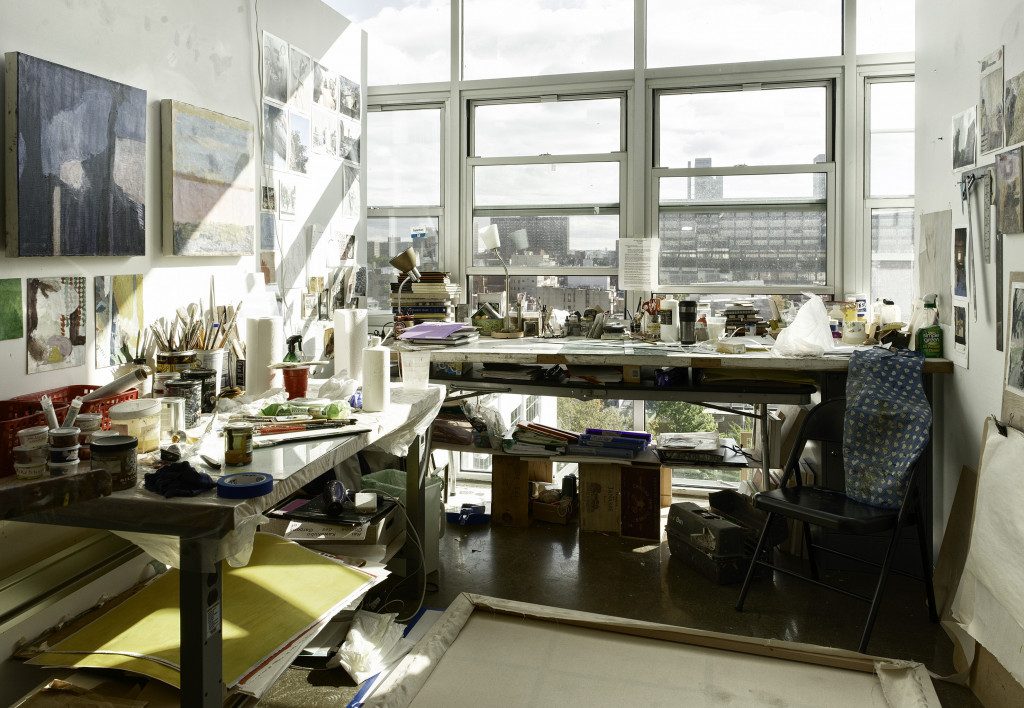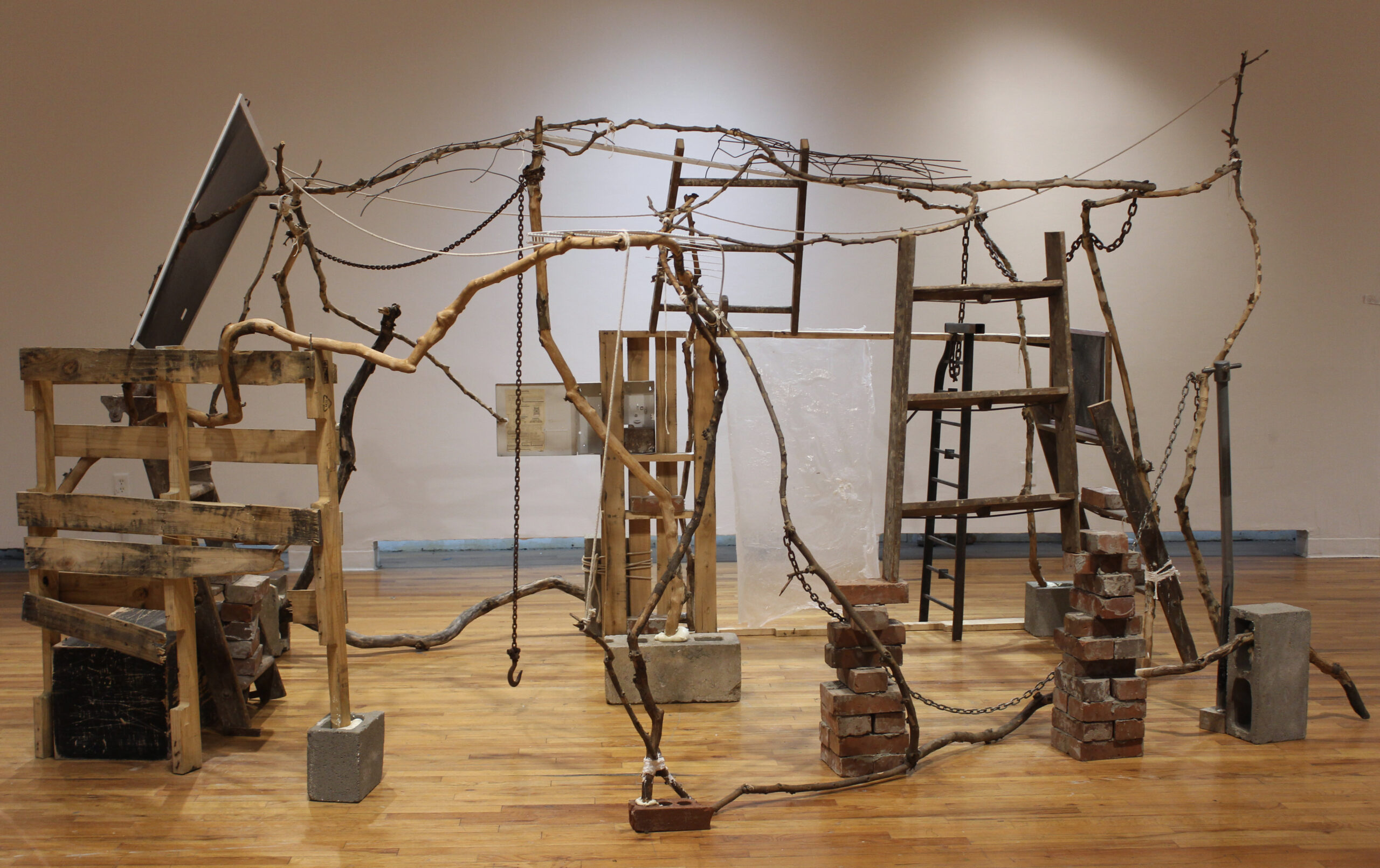This story is from Prattfolio’s feature “Mill, Melt, Press, Shape,” on students working across mediums in Pratt’s shops and labs.
Hui Ying Koh, BFA Fine Arts (Sculpture and Integrated Practices) ’25, was drawn to sculpture because of its expansive possibilities, and when considering schools, shop and studio space to explore the many ways of making were a priority. Determined to make the most of the resources she had at her fingertips as a Pratt student, Koh worked in the ceramics and metal shops (alongside volunteer work at the American Museum of Natural History and an internship at multidisciplinary artist Betty Beaumont’s studio, where she is now an assistant). Koh met with Prattfolio in her studio to talk about the tools, techniques, and process behind her work.
What brought you to Pratt?
I’ve always been interested in the arts. I had explored a variety of mediums like drawing and printmaking, but I chose sculpture [as a concentration] because I’d been working in a ceramics studio, and had found that there were a lot of avenues I could take with sculpture, which really drew me in. A majority of the artists I looked up to at the time were also sculptors.
I chose Pratt because facilities like shops and studios are very important to me. I’m not someone who can make art in an empty room. I wanted access to good equipment, in a city that has a good art scene. While I worked for a ceramic studio called Pinch in Singapore before college, I only truly began to understand the scope that ceramic studios could reach when I came to the US. Pratt’s ceramics studio stood out to me because of its size and scope.
I started working in the ceramics shop maybe my second week at Pratt. I remember knocking on [then ceramics technician Jason Segall’s] office door and trying to convince him to give me a job even though it was like, my first day of college. There were a lot of fancy machines and equipment I had never seen before. I really learned a lot.
Then, while I was thinking about working at a different type of shop to learn more about a different medium, Adam [Apostolos] offered me a job after I took his Metalworking class, and so I started working at the metal shop.
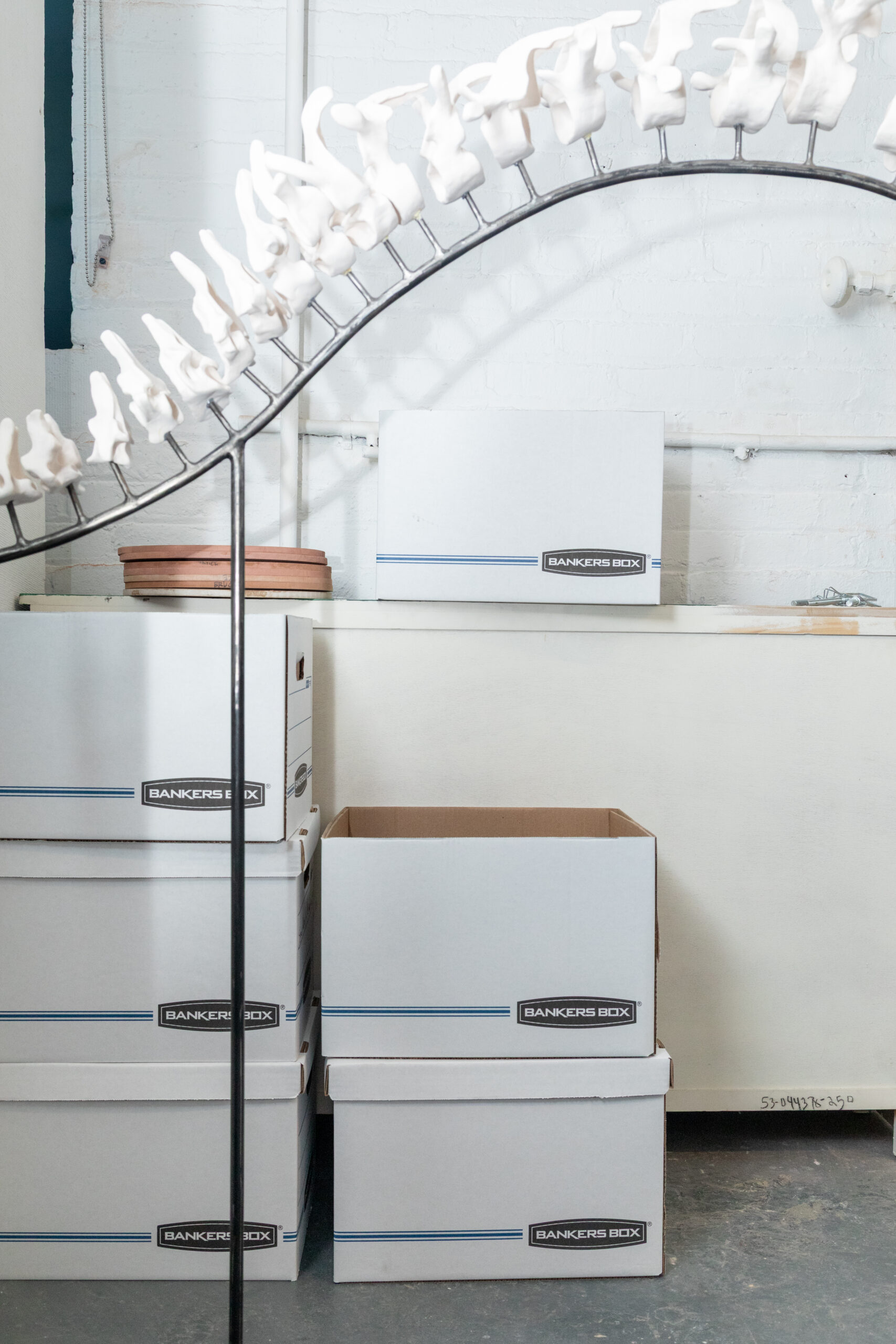

Let’s look at some of your work.
I made this sculpture, The Worm [above left], sculpting from 3D models of human vertebrae, while thinking about the process of translating the three-dimensional into the two-dimensional and then back to the three-dimensional. The steel mounting for this was done in the metal shop here at Pratt. I bent the central steel component with the Hossfeld bender. It’s an old machine [patented in 1925]. It’s a very fiddly tool, but it does everything. I like old machines and tools; nothing better than the basics.
This next work, Name of the Shell [a sculpture of a bodily form on a metal pedestal, below], was made, in part, with fiberglass. I was inspired by custom fiberglass housing, which is typically used to protect and preserve specimens in museum collections.
To create the fiberglass mold, I had my friend tape me while I was lying down. She clingwrapped and duct taped me. I got this idea from watching people make dress forms on YouTube. Then she cut me out of it and I filled the inside of the tape-body with spray foam—which is not a good choice, by the way; I did not realize how little spray foam there was in each can! I coated the foam form with plaster so I could sculpt the form a little before using it as a mold for fiberglass sheets.
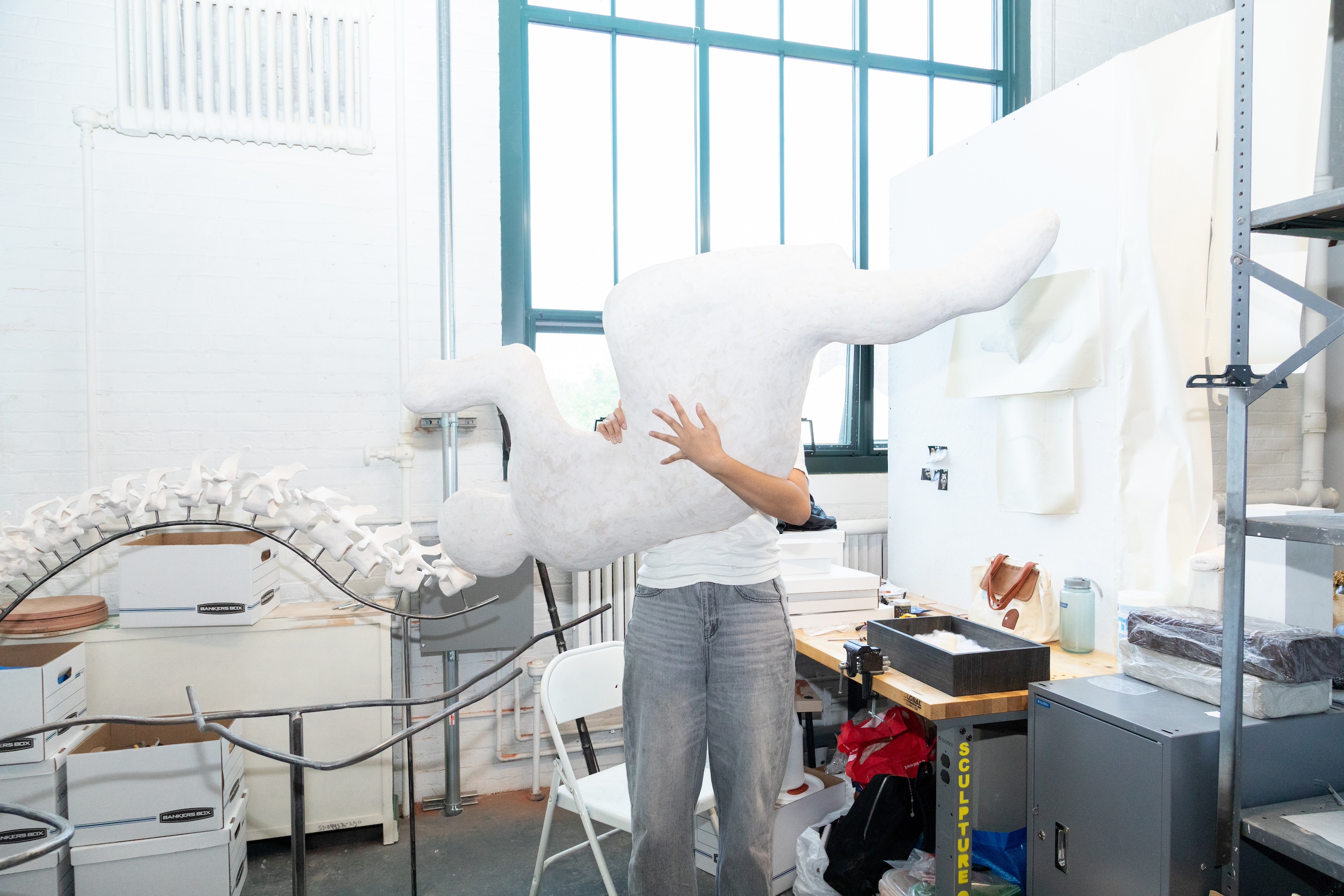
When I tried to pop the hardened shell off the plaster mold, it didn’t come off. I guess there were some undercuts that I wasn’t aware of. I had to chisel out the plaster. After that, I painted a few layers of beeswax on the inside, which I proceeded to texture by hand with a needle tool.
For the metal mount, I planned it out with tape and I brought the plan to Adam. We bent rods using a combination of torsion grips and heat.
People don’t see how much work goes into an artwork. For me, it’s not relevant if all this labor is seen or not. I think when you’re making art for yourself, the process is private, and I’m not concerned about making everything visible. I think when you’re putting in a lot of effort, or your hand, into something, you imbue it with your soul. And this sense of care will naturally present itself in the finished work.
You mentioned artists who inspired you. Who were those artists?
One of the biggest reasons I studied sculpture was because I was a huge fan of the artist Olafur Eliasson. It’s funny, my best friend got into architecture because of Olafur Eliasson. We had both seen his work—these huge installations that are awe-inspiring, that capture the best moments of nature—and were like, I want to do this, but we took it in two different directions. He uses a lot of materials that aren’t traditional artist materials, and a lot of new processes that join science, technology, and art. That was really cool to me, because before, I had only been exposed to traditional methods of making, like the basics of representational drawing and traditional ceramics techniques.
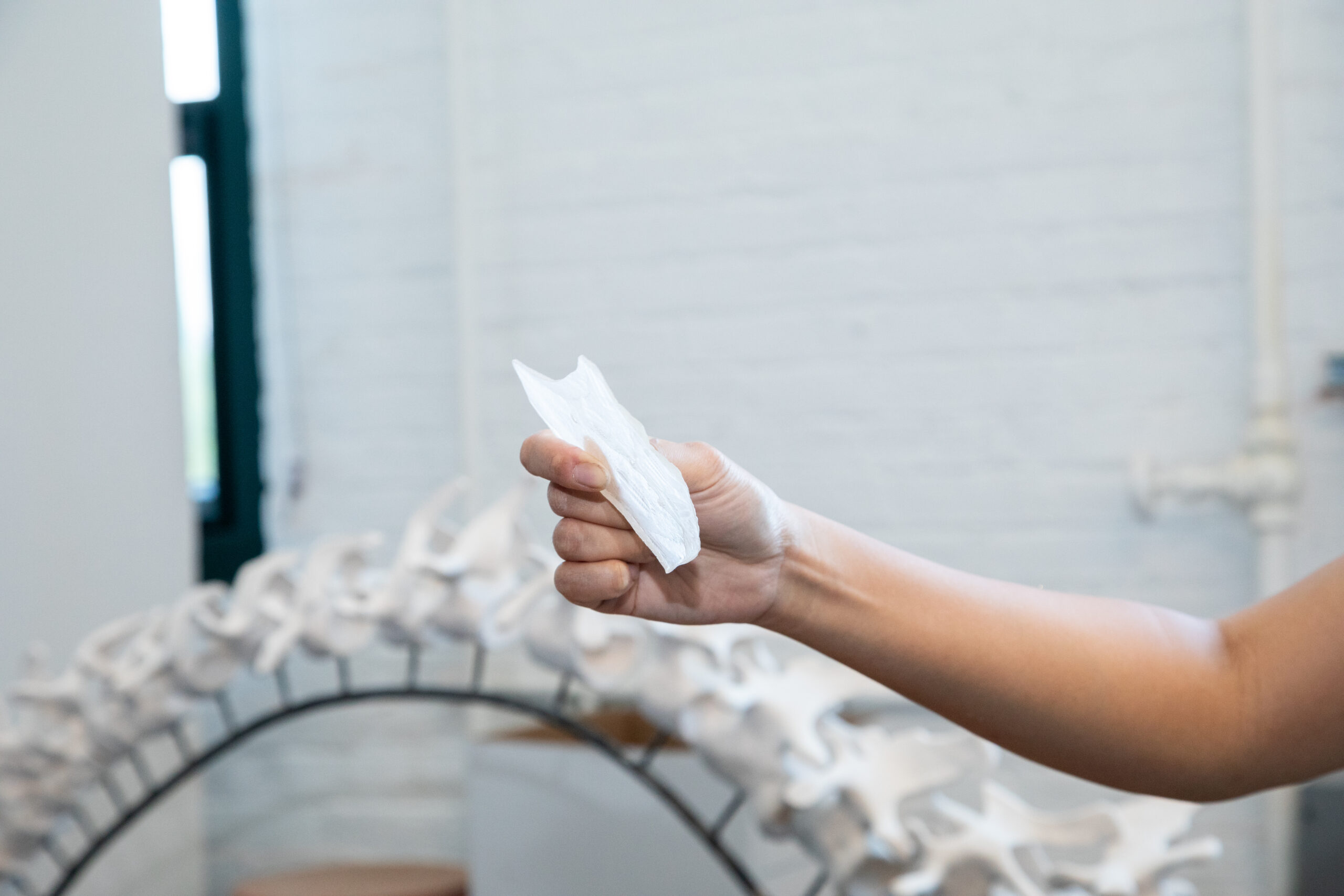
What would you tell a new student about navigating the shops?
I would say, make good use of the resources here at Pratt. When you come up with ideas, you don’t always think of how you’re gonna make them, but you should try to see how the shops can support you and your ideas.
For me, I found it important to understand what was available to students so I could mentally prepare myself to explore these resources. I tried out a lot of new mediums and new technology at Pratt, like different 3D printers and the [Assembly Loop Lab’s] Zünd, and that really exposed me to multidisciplinary and experimental methods of making. It’s wonderful to be around a community of people who are all trying stuff out on this new technology.
Photos by Megan Proctor, BFA Photography ’25
